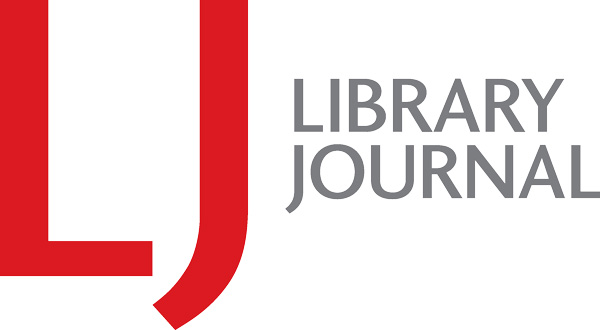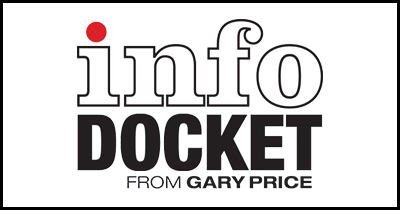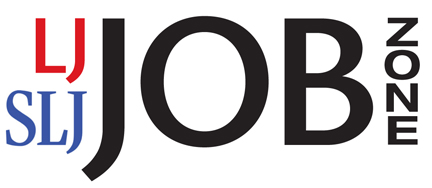Results From “Makerspaces in Libraries” Study Released
John Burke is the director of the Gardner-Harvey Library located on the Middletown, OH campus of Miami University and during October and November he conducted a web-based survey about makerspaces in libraries.
Burke solicited for respondents from 12 electronic discussion lists, Twitter, and one Facebook group.
143 librarians responded to the survey.
You can review the questions that were asked here.
Today, findings from the survey became available and Burke was nice enough to allow us to share them on infoDOCKET.
Survey Findings
- 41% of the respondents currently provide makerspaces in their libraries (or provide maker activities through their libraries)
- 36% of the respondents are planning to start makerspaces in the near future
- 24% of respondents are not currently providing makerspaces nor are planning to do so
The following responses all come from the 109 librarians who currently provide makerspaces or who plan to soon start a makerspace.
Makerspaces appear in most types of libraries.
- 51% of respondents are in public libraries
- 36% are in academic libraries
- 9% are in school libraries
- The remaining 4% chose “other” for their type of library (0% selected special libraries) — entering combined school and public libraries (2), a community college library, and an iSchool.
When Did the Makerspace Open?
- Of respondents started their makerspace in the last year, 13% in the last 1-2 years, and 11% two or more years ago. The remaining responses came from libraries that had not yet started to offer a makerspace.
Money for Makerspaces
Funding for the makerspaces came from a variety of sources. Respondents chose one or more of the following ways that their makerspaces could be funded:
- 36% found funding in the library budgets
- 29% received grants
- 14% received donations
- 11% requested additional funding from their parent organizations
- 11% noted “other” ways to fund the makerspace, including “local investors”
Charging For Access?
52 librarians reported that their makerspaces charge (or will be charging) for the following items (respondents chose one or more of the following
options):
- 40% for supplies used in making
- 38% responded with “other” responses, mainly noting that they had not decided whether to charge, or were definitely not going to charge
- 13% for classes for workshops
- 4% for equipment use
- 4% for membership fees
Respondents were asked to choose the technologies or forms of making they included in their makerspaces from a list of 55 items. All but six of the
items were selected by at least one makerspace (those six were welding, stained glass, metal shop activities, letterpress, glass shop activities, and blacksmithing).
Top Technologies in Makerspaces
The top 15 technologies or forms of making, each of which were chosen by 25% or more of the 109 respondents, were:
- Computer workstations 67%
- 3D printing 46%
- Photo editing 45%
- Video editing 43%
- Computer programming/software 39%
- Art and crafts 37%
- Scanning photos to digital 36%
- Creating a website or online portfolio 34%
- Digital music recording 33
- 3D modeling 31%
- Arduino/Raspberry Pi 30%
- Other 30% (included knitting, Legos, etc.)
- Animation 28%
- High quality scanner 28%
- Tinkering 26%
Teaching
Librarians reported that training sessions, workshops, or classes in their makerspaces were taught by
- Library staff (49%)
- Volunteers (27%),
- Paid Instructors from beyond the library (13%),
- “Other” (12%), which includes IT staff, maker group members, “Student Geek Force,” and “center for teaching and learning.”
Respondents
Librarians from 30 U.S. states, from Alabama to Wisconsin, responded to the survey along with librarians from seven other countries (Australia, Canada, China, Denmark, Japan, the Netherlands, and the United Kingdom).
More To Come
John Burke will share more details from the survey in the forthcoming book, *Makerspaces: A Practical Guide for Librarians* (to be published by Rowman & Littlefield Publishers in 2014. The book will be part of the part of Rowman and Littlefield’s Practical Guides for Librarians Series.
Filed under: Academic Libraries, Associations and Organizations, Companies (Publishers/Vendors), Digital Preservation, Funding, Libraries, News, Public Libraries, Special Libraries
About Gary Price
Gary Price (gprice@gmail.com) is a librarian, writer, consultant, and frequent conference speaker based in the Washington D.C. metro area. He earned his MLIS degree from Wayne State University in Detroit. Price has won several awards including the SLA Innovations in Technology Award and Alumnus of the Year from the Wayne St. University Library and Information Science Program. From 2006-2009 he was Director of Online Information Services at Ask.com.


